|
My time to write has been very limited, every moment filled with activities, teaching and visiting places around Kolkata so we can learn even more about the unique cultures here. I have come to an understanding that we do not really have a true “American Culture” from which we can draw inspiration and personal grounding. (Other than the rich heritage of our Native Americans, who have maintained theirs, for the most part.) India, however, has held on to its many cultural traditions, from classical dance to traditional foods by state, from regional and sometimes village-specific languages to the richly nuanced festivals and marriage traditions that date back centuries. The US is home to people from so many diverse countries, it is hard to identify any single, truly American cultural tradition with which all Americans identify. We have no national dances to learn in school and share when people from other countries who come to visit. Our foods run the gamut of many countries, but other than hamburgers and hotdogs, I am hard pressed to think of one food that we can all call our own. We share Thanksgiving, but even that holiday is celebrated in different ways according to region.
All of this makes me wonder how this absence of cultural identifiers has altered the American populace. Since we do not possess these threads that weave together and unite us, that tick together our differences into a colorful and unique textile of American society, are we missing out? Are we, as Americans, from whatever ethnic or cultural background our parents or ancestors have come, being adversely effected because we rarely share a cultural identity of our own? Would having such traditions help to combat the vast divisions so many people feel? Would they help us to bridge the gaps of hate and intolerance that plague our society? I realize that no single cultural identifier can dissolve the issues that divide Americans, but my observations in India of the very rich cultural traditions they enjoy have taught me that there is an acceptance here of diversity. Yes, even though the caste system was abolished, it does still exist and many people are marginalized or ignored. But it seems to be that the traditions and cultural norms of each group within this vast country are respected. Bengalis can explain the unique practices of the people in Kerala, northern Indians appreciate the traditions of those living in the west. We could learn much from the Indian people. I hope to share some of what I’ve learned with my students and colleagues back home. Today we will drive north from Delhi to Agra to visit the Taj Mahal! Daily I feel like I need to pinch myself to believe this is really happening.
1 Comment
After an eventful day of teaching and observing at the Carmel School, Rita, our host teacher, took us to southern Kolkata to visit an NGO, The Institute for Mothers and Children. Started over 25 years ago by Dr. Sajeet, who was encouraged and inspired by Mother Teresa, The Institute is both an orphanage and a vocational school, a medical clinic and home for the physically challenged, a daycare and a place of rest and recovery for those suffering from severe burns and tropical diseases. It has also built over 38 schools throughout Kolkata. We have learned that the Indian government has made primary education to grade 8 compulsory, but often the schools are very crowded. Dr. Sajeet’s schools help to alleviate that problem and offer a more well-rounded education for students from the poorest parts of the city.
A medical student from Italy toured us around the facility and was soon joined by several other students from many countries who had come to volunteer their time and expertise to the organization. Dr. Sajeet receives over 400 volunteer applications a month from university students all over the globe, all hoping for the chance to serve the impoverished women and children of Kolkata. The Institute does not recruit these students, but instead, students returning from their time here spread the word to their friends and now there is a steady flow of volunteers, all eager to help out. Dr. Sajeet travels regularly, presenting at universities and medical schools worldwide on the challenges of tropical diseases. People can donate directly to The Institute or they can sponsor a child, as Rita has done for the past 7 years. It was a pleasure to meet her sponsored child and to share in the tender moments they shared on our visit. The vocational school teaches women and children many useful skills, including how to spin yarn and weave beautiful textiles for saris and other clothing and household items. They are then given micro loans to help them start small businesses, which will keep them off the streets and afford them the resources needed for food and shelter. Classical dance is taught to connect them with their heritage and cultural traditions. Many orphans who have grown up at The Institute return to volunteer and help others. Of all the schools and organizations we’ve visited, this place resonated with me most. The love here is palpable, the dedication and passion of everyone is enlightening. While there Dr. Sajeets’s daughter received word that she has been accepted into medical school. The excitement lit up the whole facility. Here, this talented young woman, the daughter of the founder, will now follow in his footsteps and continue his work long into the future. The daughter had been Rita’s student at Carmel High School, so the medical school announcement thrilled Rita, who recognized her part in this young woman’s life. I have already written so much about the sense of the magical here in Kolkata. Yesterday’s visit outside of the city to the Sundarban Tiger Preserve was no different. So many rivers flow into and mingle with the Ganges River here, which then flows into the Bay of Bengal, all making for a lush and tropical landscape of mangrove forests, the largest in the world. The day was perfect. The journey an adventure I never thought I would ever experience.
But juxtaposed against the beauty of the land and water is the poverty, which still startles me and brings me great sadness. There is no way for it to become commonplace. It strangles me with tears so close to the surface at every turn. The unfairness of this world is a tough reality with which to grapple. There is no excuse, in this world of wealth and great waste, for anyone to be subjected to such harshness. There is no justification that can make eaking a living out of nothing alright. I will not even try to discuss here the complexities of worldwide poverty and the failures in food distribution. What I did learn, however, was that, in spite of their surroundings, in spite of their struggles, in spite of their daily stress of figuring out how they will feed and shelter their family, the people of this strong and proud country seem happy and content. They go about their daily chores, working SO incredibly hard, and make it somehow. Like all of humanity they struggle and fail, they readjust and try something else tomorrow. Those who are lucky enough to have land, a home and/or a job are the most determined and disciplined people I’ve ever seen. Those who don’t keep going somehow. From where they find hope, I don’t know, but they keep trying. For moments at a time I have been able to set aside my shock and sadness to look more deeply into their eyes. There I see all of humanity fighting the good fight. Struggling day in and day out to do what is needed and necessary. There I see Christ. I am inspired by these people, amazed by their strength. I wonder, but never want to find out if I, too, would be able to reach that deep within myself to do what it takes survive. Cacophony
Noun — a harsh discordant mixture of sounds Before coming to India I thought I understood the meaning and reality of this word, but experience has demonstrated that I was wrong. There is a life music here, a constant pulse, percussion, rhythm, and melody that ebbs and flows through the streets, as if a master musician is conducting a vast orchestral of remedial students. The sound envelops you the moment you step outside and your pulse quickens in an effort to keep up, to feel it completely, to embrace it and all it has to offer. Add to that the visual stimulation of life lived in the moment, life lived daily within this cacophony, and one is swept up into the rhythm in one great wash of joy. I love Kolkata. Color is everywhere, chaos is ordered, and the people are pleasure personified. Santa, (pronounced Shanta), is an upper level Geography teacher at Carmel. I complimented the beautiful lahenga she was wearing and discovered that she is a clothing designer with her designs showcased in several boutiques around Kolkata. We were privileged to be able to go to one of the boutiques to appreciate her work...and purchase some pieces. I was so impressed by Santa’s determination to express herself creatively. Not to mention that she is a passionate and beloved teacher at the school, one who is setting a positive example for her students in so many ways. Today we will return to the school to celebrate mass with the Sisters and the Catholic parents. After lunch we will explore the rich history of Kolkata on a sightseeing tour. Namaste. Kolkata is lush, green and tropical, pleasantly less chaotic than Delhi. I realize that this information doesn’t make much sense, because statistically Kolkata’s population is as much, if not more than Delhi’s, but it seems more relaxed somehow. Maybe the warm sea air cools not only the temperature, but peoples’ temperament, too. It is also immediately obvious that Kolkata is more liberal than Delhi, as more women dress in western attire.
After checking into our hotel, we traveled post haste to meet the Carmelite Sisters at Carmel High School on Gariahat Road. The principal and vice principal, Sisters Nithika and Roshni respectively, greeted us warmly, serving us light refreshments in the school office. The school is comprised of a 4-story concrete building, the 3 lower floors for the school and the top floor for the convent where 8 Sisters live. Our host teacher, Rita Banerjee, then took us to a beautiful club for dinner, where we realized another distinct difference between the two cities, and all Indian states, for that matter...the food. Bengali food is much lighter fare, coming from the sea and freshwater lakes and rivers that surround this tropical locale. Even the naan, an Indian flat bread, is lighter and a bit sweeter than that made in other states. (Correction from previous post: roti is the name of the other bread we learned to make. I mistakenly called it raga. I’m learning as I go along.) Today the whole of Carmel High School greeted us respectfully and repeatedly with, “ Good morning, ma’am,” “Hope you are enjoying your visit, Miss,” “Is there anything I can do for you, Miss?” The girls, grades 5-8, are a confident and accommodating group, filled with a joy of learning and great pride in their school. The Sisters and staff have no issues with tardiness or absenteeism as the girls are all eager to spend as much time as possible in their wonderful school. All will go on to study at university and hope to become leaders in business, government and all manner of careers. They speak at least 2 languages, Bengali and English, and many speak a third, Hindi. Tomorrow is a very special day in the school’s history, the 150th anniversary of its founding by the Carmelite nuns. Everyone is extremely excited about tomorrow’s festivities, so I will close for now to rest and prepare for the big event. The Internet wars finky yesterday, so I didn’t get to blog. If you follow me on Facebook, you can see some pictures I posted from our first school visit—Rajkiya Pratibha Vikes Vidyakaya School in Shalimar Bagh, Delhi. This school is one of Delhi’s best. We were met there by the Minister of Education, treated to a wonderful program featuring the students and guided tours of the school by exceptionally talented students. Once again we received blessings from students, called Puja Thalia, which includes a red dot on saffron on the forehead, a blessing and often flowers. The students preparing to enter the military demonstrated their skills and a group of yoga students preformed what can only be categorized as something similar to Cirque du Sole.
In the afternoon we visited USIEF: Education in India and Opportunities for Collaboration and the Fulbright House, the governing body for all Fulbright Fellowships in India. Each place we visit gives us more and more information and understanding for the educational system in India, My other cohorts and I have discussed much about the effect the daily practices of yoga and meditation have on the students here. Each day all students participate in school wide yoga practice and meditation times are worked into their school day. India is a country of many, many religious faiths, all of which are respected, but the yoga practice and meditation is a connective link that helps center the children, focus their energies on the tasks of the day and regulate their behavior and stress levels. I often use meditation in my classroom, but wonder what effect a more comprehensive approach might have on all of the students at my school. Today we visited a school at the opposite end of the perspective: a primary school for the most marginalized children in Delhi. My impression: children are children, no matter their circumstances. Bright and enthusiastic, the children today shined, demonstrating that if the opportunity is available, all students can thrive. More tomorrow. Thanks for listening. This morning began simply, as any other morning, but quickly transformed into one of the most extraordinary experiences of my life. Rajesh Kumar, one of our Indian hosts, arranged for us to visit the tiny village of his birth, Pachayara. Our bus arrived at 5:00 a.m. and transported us through an early morning fog along the rarely quiet streets of Delhi. Kilometer after kilometer, our surroundings evolved from packed city to suburb to rural, and finally to a sparsely populated area dotted here and there with small farms. The population of Pachayara is about 150– I met each and every one of them today. Only one family were forewarned about our visit, but word of our arrival swept throughout the community and within moments we were surrounded by a throng of elated men, women and children, all singing and waving, having never even seen a “foreign person” before, (much less ever dreamed that a group of us would descend upon them out of the morning mist.)
We were first welcomed into the home of Rajesh’s uncle. His wife gave us a quick lesson in the preparation and cooking of raga, a flat bread staple of their daily diet. We were privileged to meet the family’s livestock, 4 enormous cows and one little fellow who was just getting his bearings on his new legs, and learned about the myriad uses of cow dung and urine. A few of my brave cohort members shared a puff or two from large water pipes to savor home grown tobacco. When we approached the village temple, a throng of people appeared as if from a mirage. Rajesh was taken aback by the villager’s excitement. We were ushered with great fanfare throughout the village, introduced to elders, Blessed by Rajesh’s Mother, and everyone else, and given an impromptu demonstration of the making of curd and churned butter. Soon dancing broke out and we were again personally introduced to their wealth..the cleanest and most pampered Brahma cows I’ve ever seen. (Actually the only ones I’ve ever seen) We were then loaded into flatbed carts pulled by the same cows and taken on a thrilling jaunt down the road to yet another home where we were welcomed with many more blessings and delicacies to eat. Most tourists never get the opportunity to visit villages like Pachayara, as these villages are private communities of extended families, only open to outsiders through a relative, like Rajesh. I feel so honored that I was granted this very unique experience into the personal and joyful celebration of life by the beautiful people of Pachayara. I wish I could show them the same enthusiasm by my family and community in Memphis. The children were the most enchanting, of course, so open and honest, their eyes wide with expression and joy. I probably took over 1000 photos in the brief time of our visit, each one now a memory of an experience that will remain fresh and cherished within my heart for the rest of my life. |
Julia SchustEr:
|
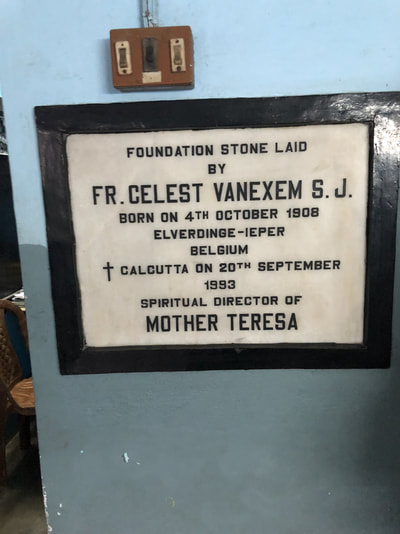
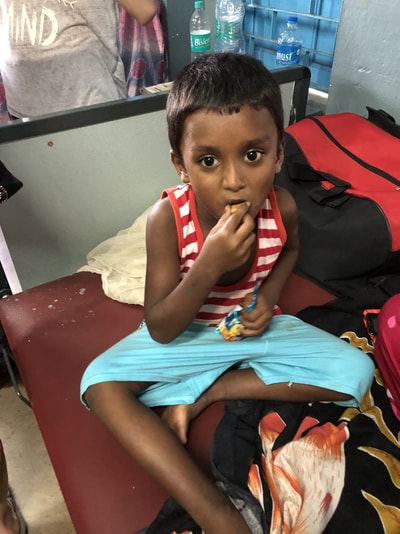
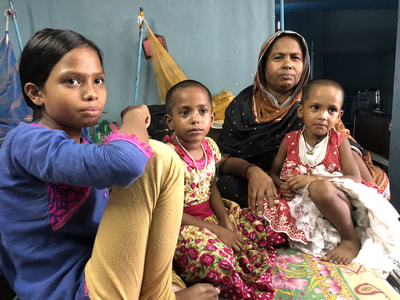
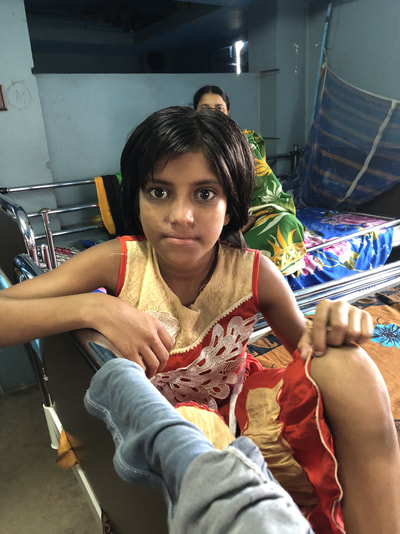
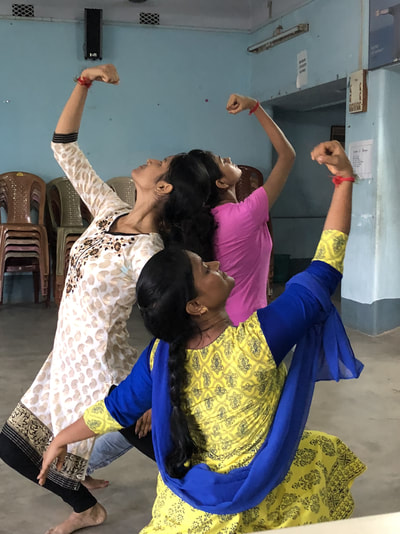
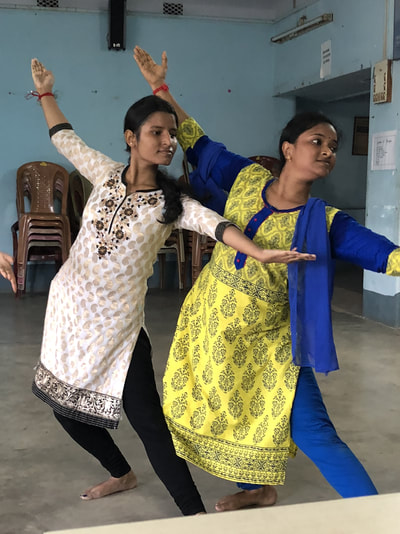
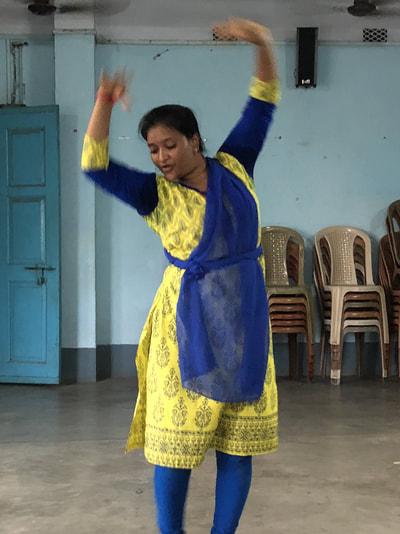
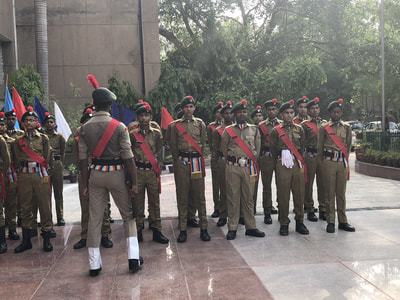
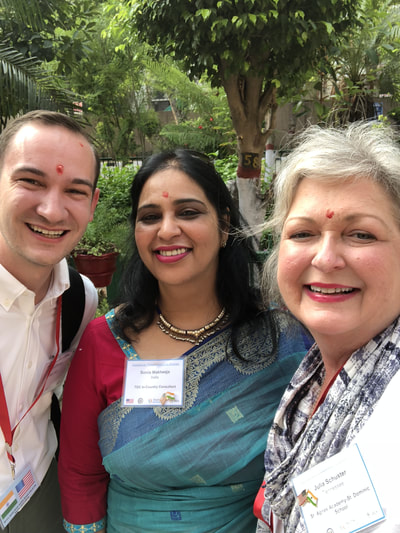
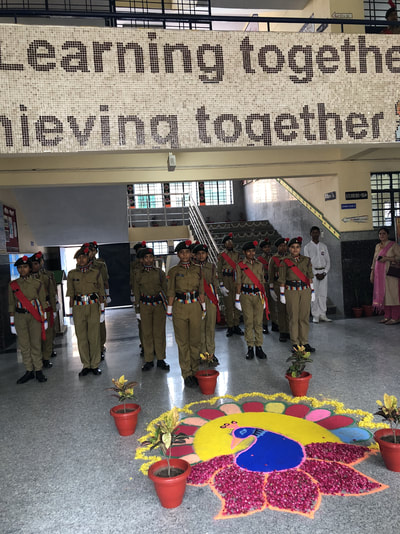
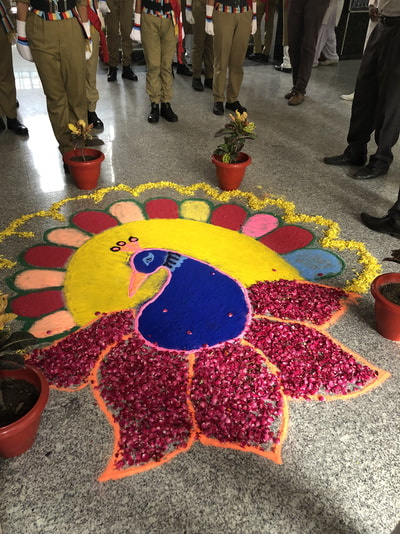
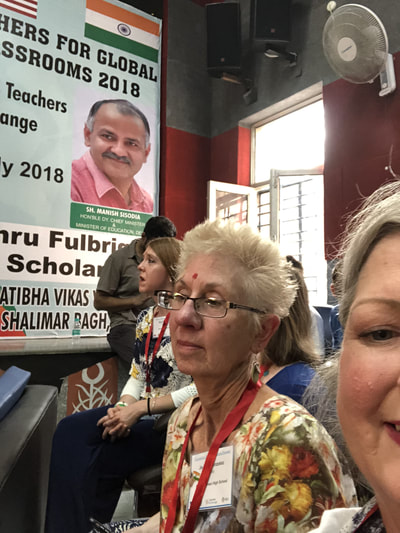
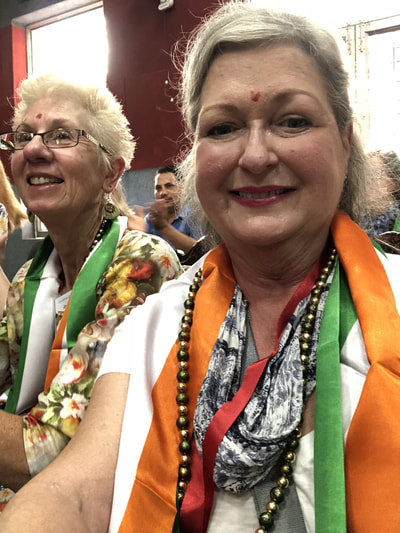
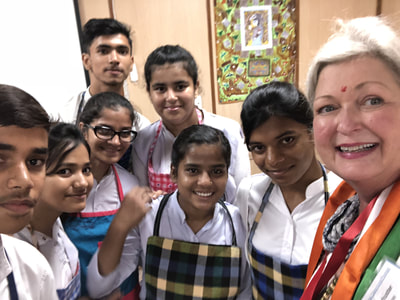
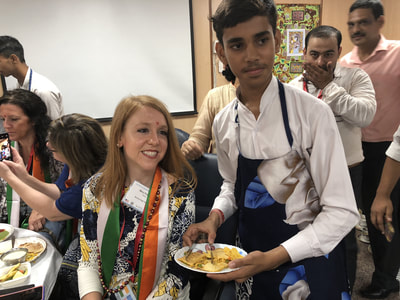
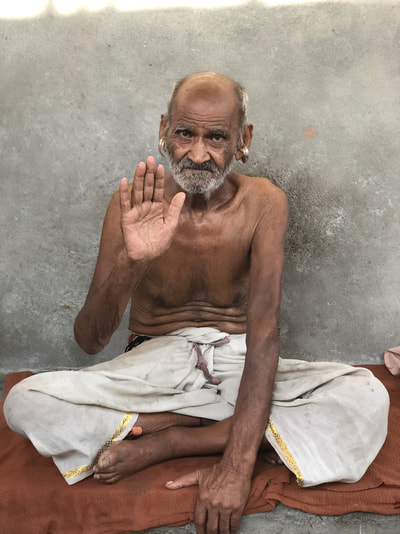
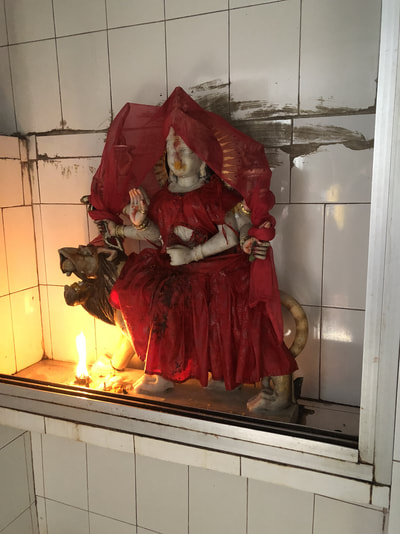
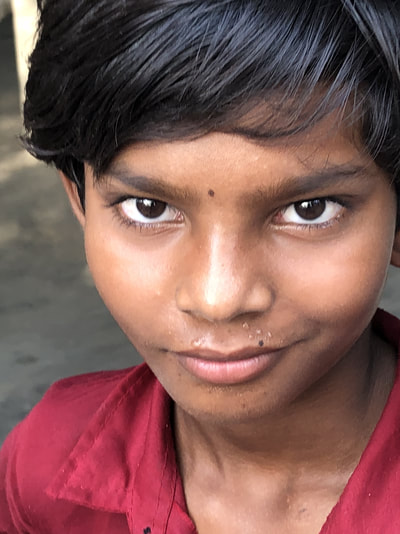
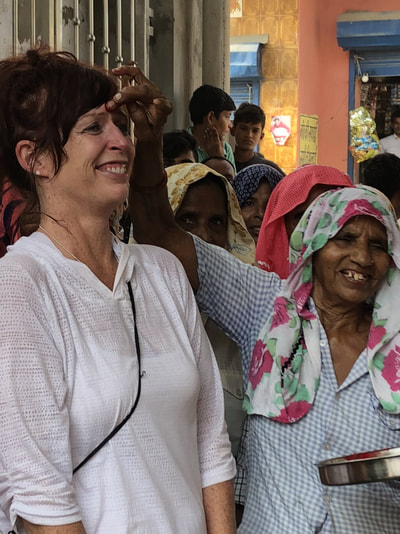
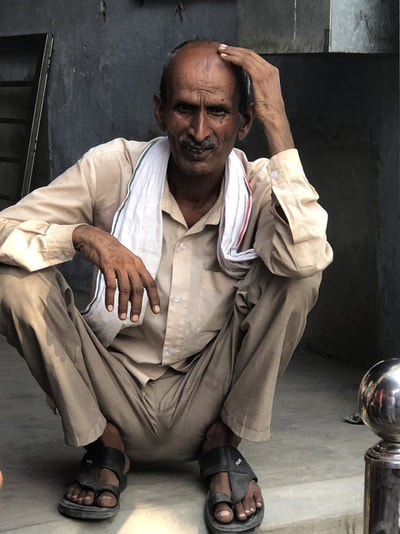
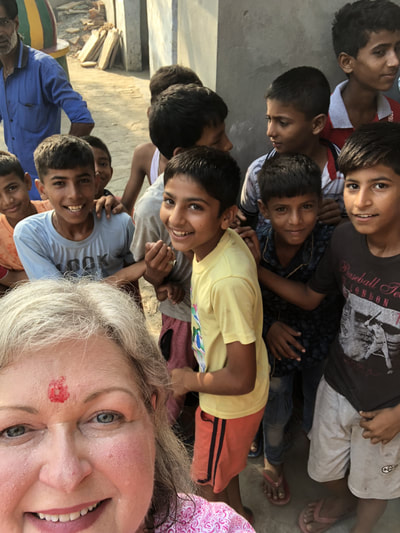
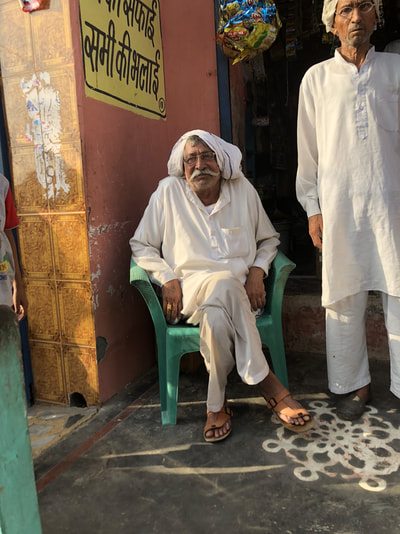
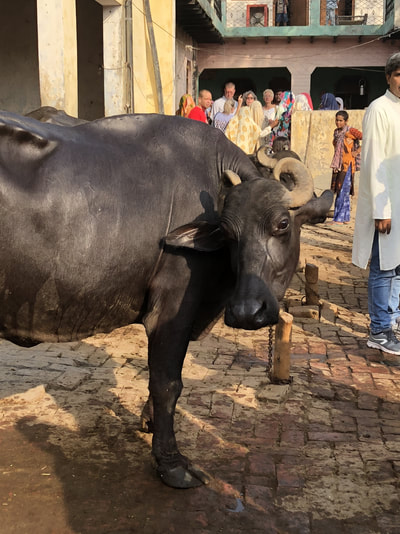
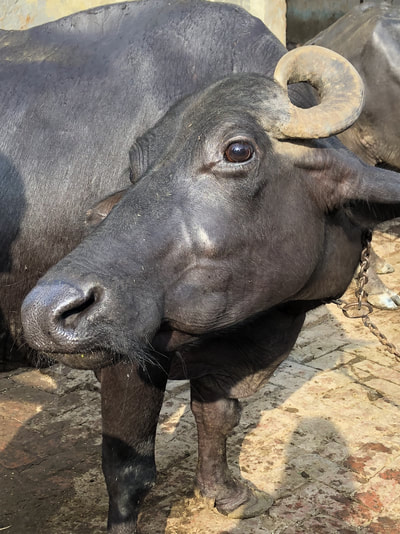
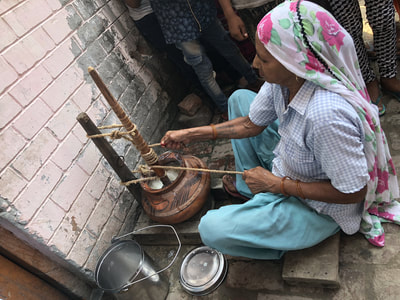
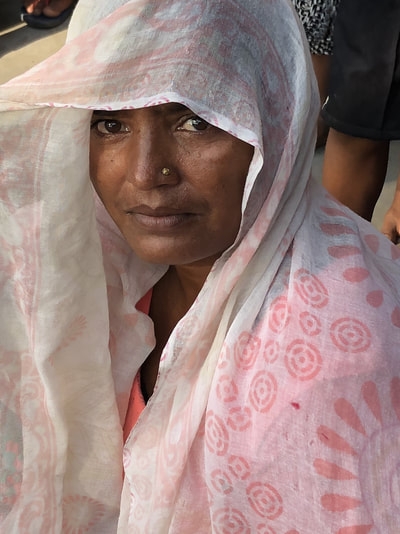
 RSS Feed
RSS Feed